UP TO THE MINUTE
Top 8 Questions About Metal Over Metal Retrofits Answered
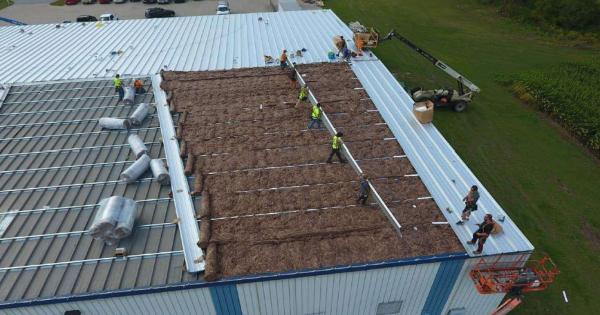
By Dale Nelson, Roof Hugger, LLC.
We answer your frequently asked questions about retrofitting older metal roofs.
Over the years, we’ve seen a rise in popularity of retrofitting metal roofs on older buildings. Metal over metal retrofits are a solid option for restoring the roofs of older buildings without completely replacing them. They are also great for giving thermal upgrades to the old roof as well as helping the building meet today’s more strict building codes.
This popularity has given rise to many questions about what can and cannot be done over an old metal roof. The following are the questions we most commonly hear from owners, contractors and designers considering retrofitting an existing metal roofed building:
1 - You can only retrofit 12” O.C. screw down, r-panel type roofs
Not correct. Metal panels of all types and rib spacings can be retrofitted. This includes screw-down, standing seam and corrugated.
2 - If you have an existing screw down roof you have to put back another screw-down roof
No, you can upgrade to a new standing seam roof that has few if any exposed fasteners by using the proper retrofit framing system. You can of course install a new screw-down roof if you wish but remember screw-down roofs have approximately 0.8 fasteners per square foot thus a 10,000 square foot building will have at least 8,000 fastener penetrations, a common source of leaks. Standing seam roofing is also the perfect platform for attaching photovoltaic (PV) panels. The PV panels can be attached to the standing seam roof without penetrating the roof and most importantly this new metal roof will have a 40–60- year life. Much longer than the PV panels, unlike all other roofing systems that will need replacing during the life of the PV panels at significant expense.
3 - Can I remove and replace my existing roof panels with a like kind panel?
Yes, most building officials allow you to remove and replace an old screw down, corrugated or standing seam roof with “equal to original” panels. The question is why would you? Removing the old roof will expose the building interior to the weather, disrupt ongoing operations, there will be falling debris, new insulation will be required, the old panels and insulation will have to be disposed of and you will likely still not comply with the latest, more stringent building code requirements for wind and/or snow.
4 - I just want to remove my old screw down roof and install a new standing seam roof
This is possible but could end up being a very expensive option. Removing the old roof will also remove the diaphragm strength the old roof provides. This can make the entire building structurally unstable without significant re-bracing of the existing purlin system. Retrofitting can enhance the diaphragm strength and is the perfect platform for the new standing seam metal roof.
5 - My roof has been coated or had foam spray applied to it, can it be retrofitted
It absolutely can be retrofitted, even roofs that have foam spray on them. Coatings are almost never a problem unless the coating has trapped moisture between the panel and the coating, causing severe corrosion of the existing panels and purlins. Foam coating is a bit more difficult but the entire roof does not have to be scrapped clean, only a 2” wide strip directly above the purlin lines. The retrofit framing will be designed to be taller than the depth of the foam so not to interfere with the new roof.
6 - For condensation do I have to insulate or ventilate under the new roof?
Most design professionals will advise to always ventilate a cavity unless it is completely filled with insulation. Retrofitting is the perfect time to increase the R-values of the roof system. I would suggest filling the cavity with raw un-faced fiberglass insulation. It’s easy to do and fairly inexpensive. Rigid insulation systems are also easily done. You can choose not to insulate but you must ventilate the cavity. Keep in mind if you don’t insulate and the new roof is standing seam you may experience something called “Panel Rumble.” This is when, in certain wind conditions, the pan section of a standing seam panel will flutter and hit the sub-framing below making a rumbling noise. Insulating or installing foam blocking will separate the framing from the sheeting preventing that metal-on-metal rumble.
7 - What about the extra weight of the new framing and metal roofing?
The typical metal over metal retrofit will add approximately 1.70 – 2.50 pounds/square foot in total. That breaks down on average like this: retrofit framing 0.5 – 1.0 pounds/square foot, the new panels 0.8 – 1.25 pounds/square foot and insulation 0.15-0.25 pounds/square foot. The International Existing Building Code allows the addition of a second roof over the existing roof up to 3.0 pounds/square foot without a full structural analysis. In many cases, retrofit framing systems like the Roof Hugger System have actually been shown to add capacity to the existing roof purlins in excess of the additional weight of the retrofit. Every building is unique so check with your engineer or roof system provider.
8 - Coating just as good and less expensive too – right?
Well, it will be less expensive, but did you know coatings are not waterproofing? They are commonly sold that way, but coatings are only intended to extend the life of the existing roof surface they are covering. We are talking about a 4-6 mill spray finish on top of a metal roof. Waterproofing is done with what is called “liquid applied roofing” a 40-80 mil system that is a significantly more expensive and complex system. Neither will do anything to bring the building up to the current codes and frequently they cover up serious structural issues. They often trap moisture between the old metal roof and coating causing corrosion and shortening the useful life of the existing roof.
When it is time to reroof that old metal roof, look seriously at the many options available for retrofitting your roof. Don’t spend a significant amount of money for a 2-10-year patch that will have annual maintenance and repairs, when you can have a 40-60-year life roof that is code compliant, highly insulated and available with weathertightness warranties.
Learn more about Roof Hugger in their directory or visit www.roofhugger.com.



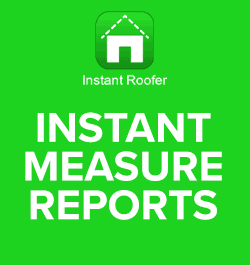
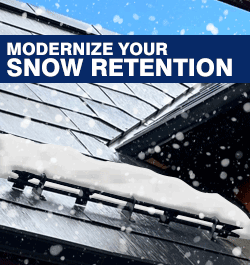







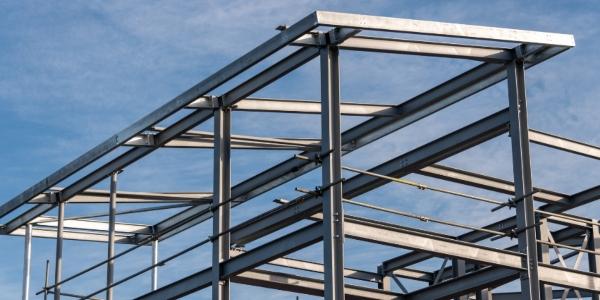
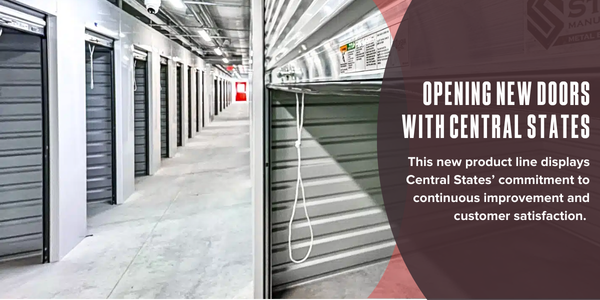




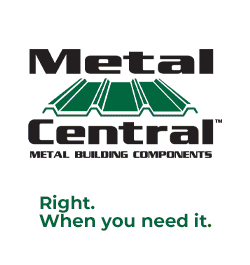

Comments
Leave a Reply
Have an account? Login to leave a comment!
Sign In